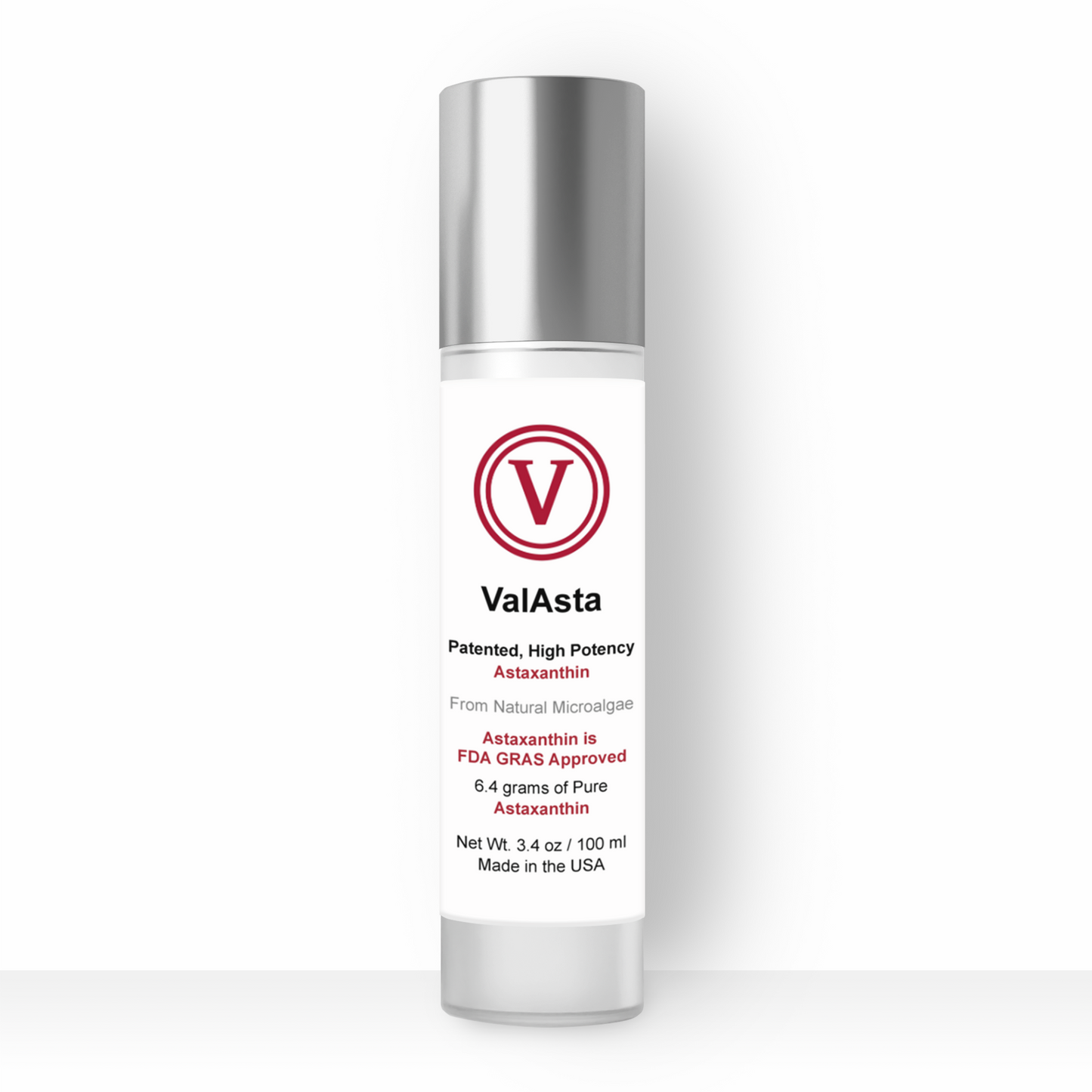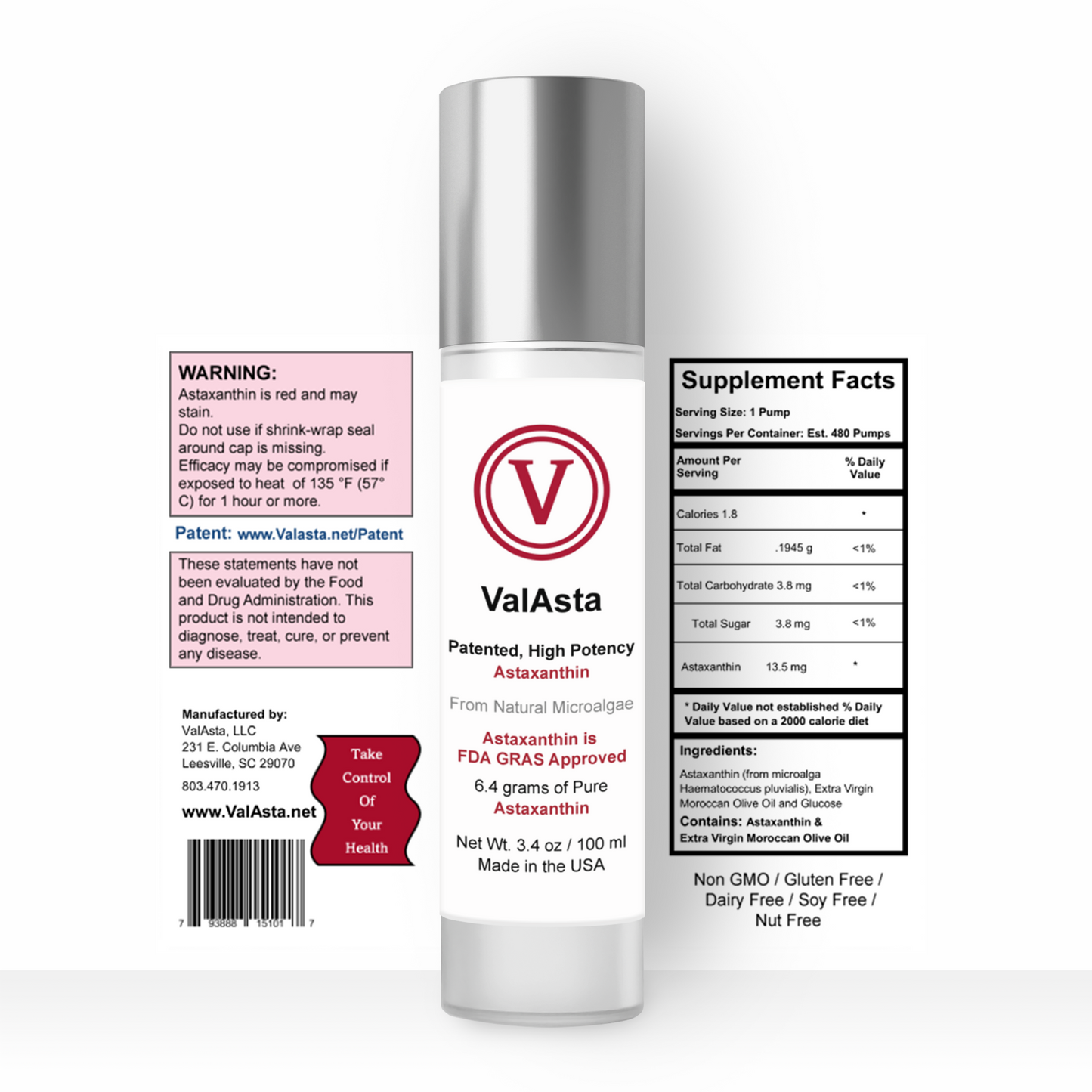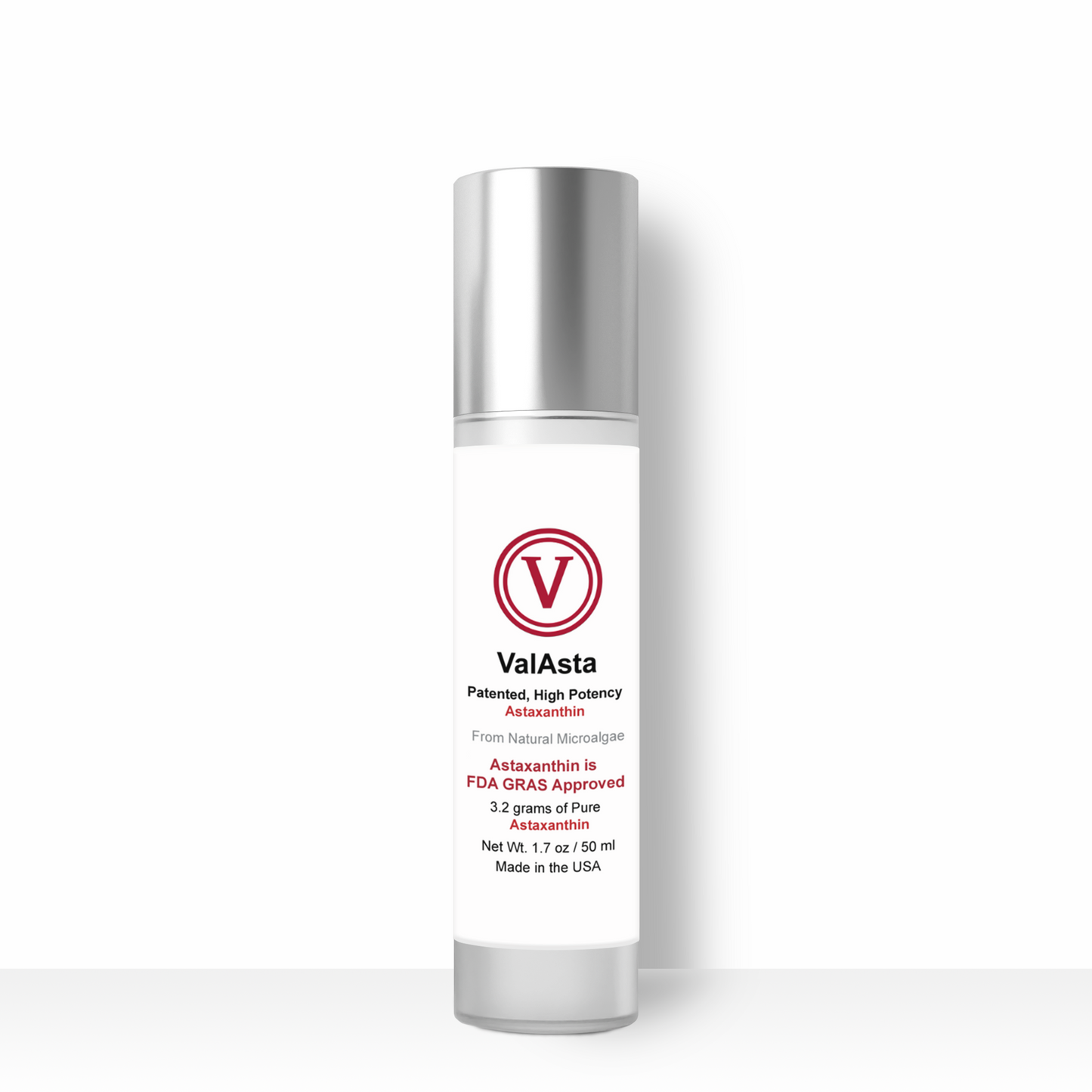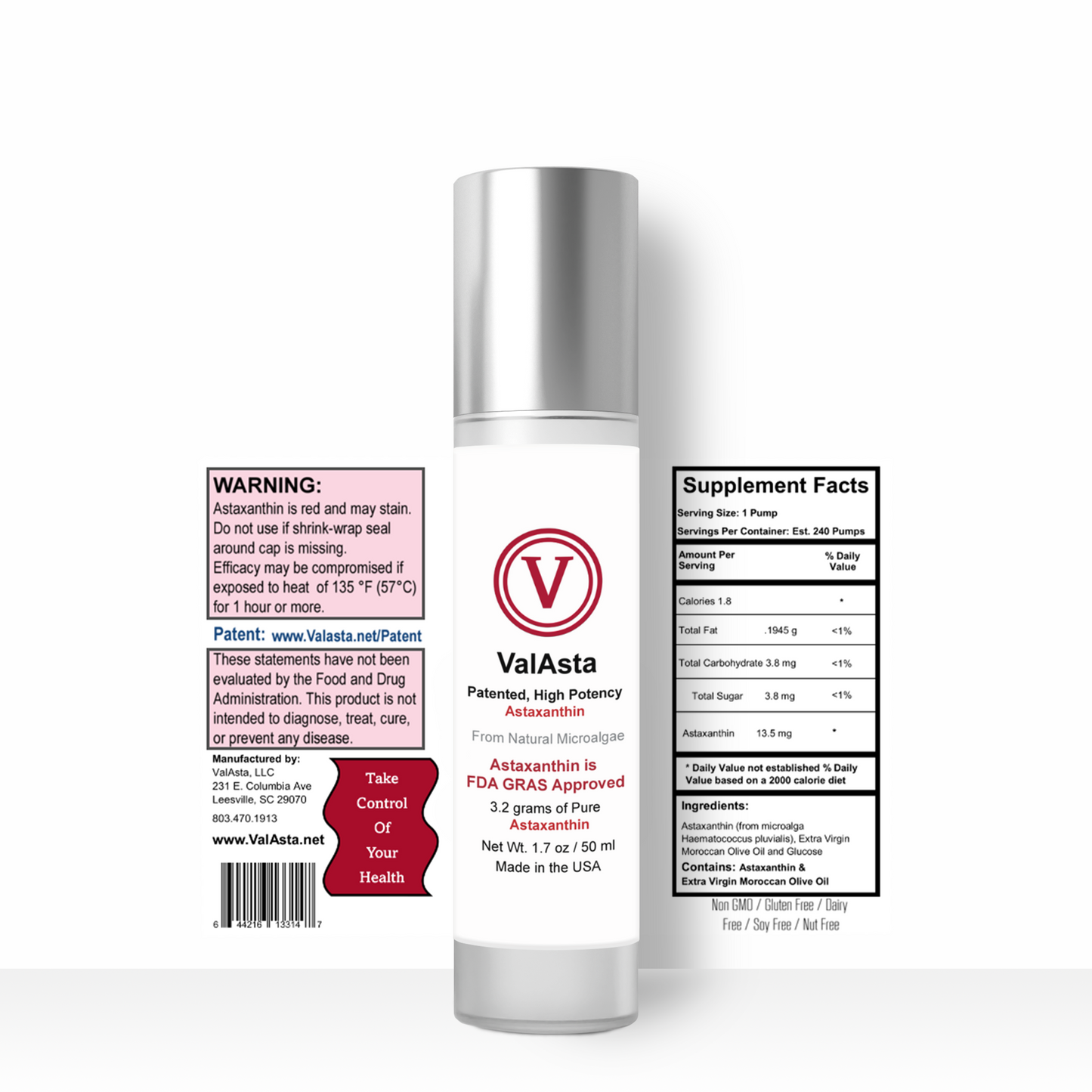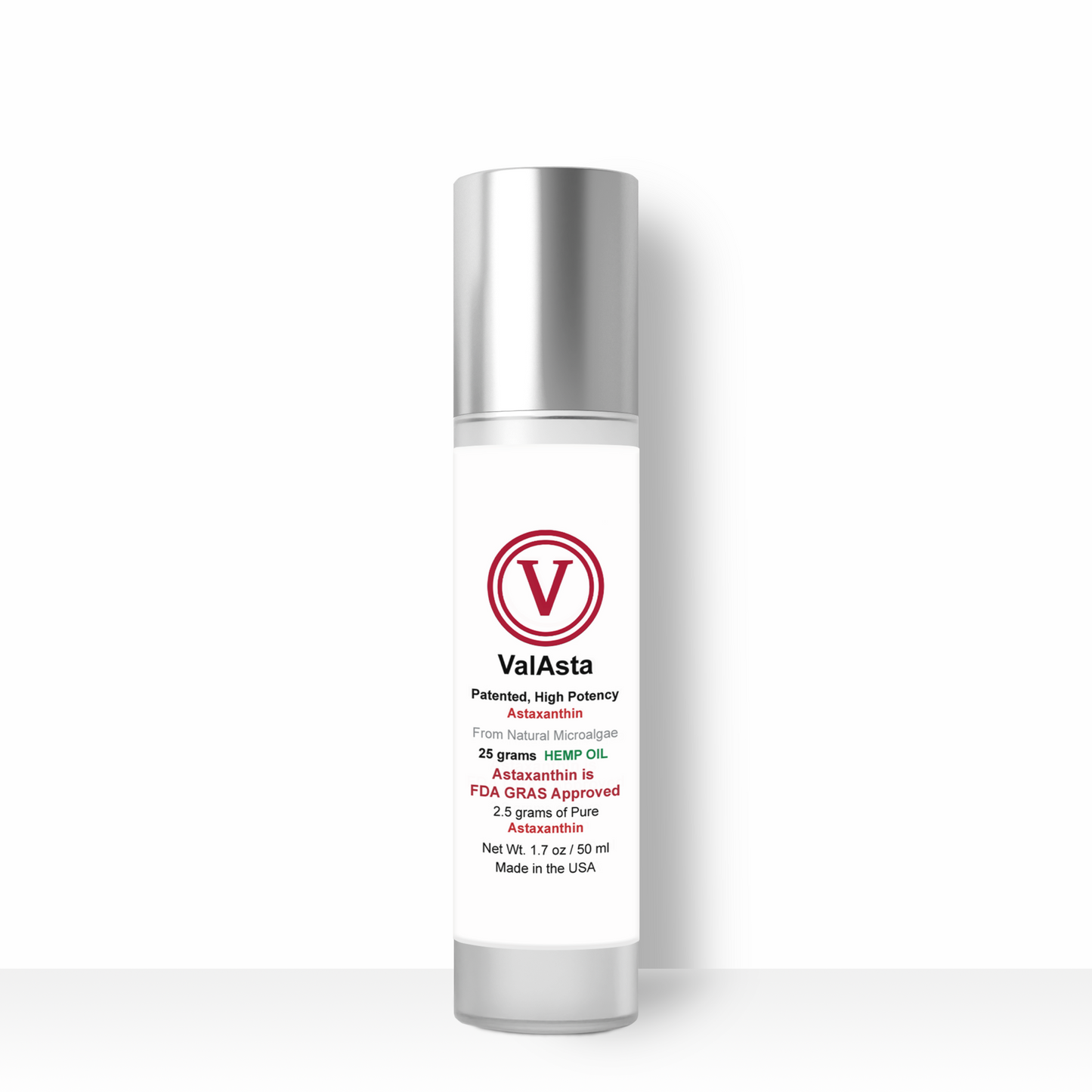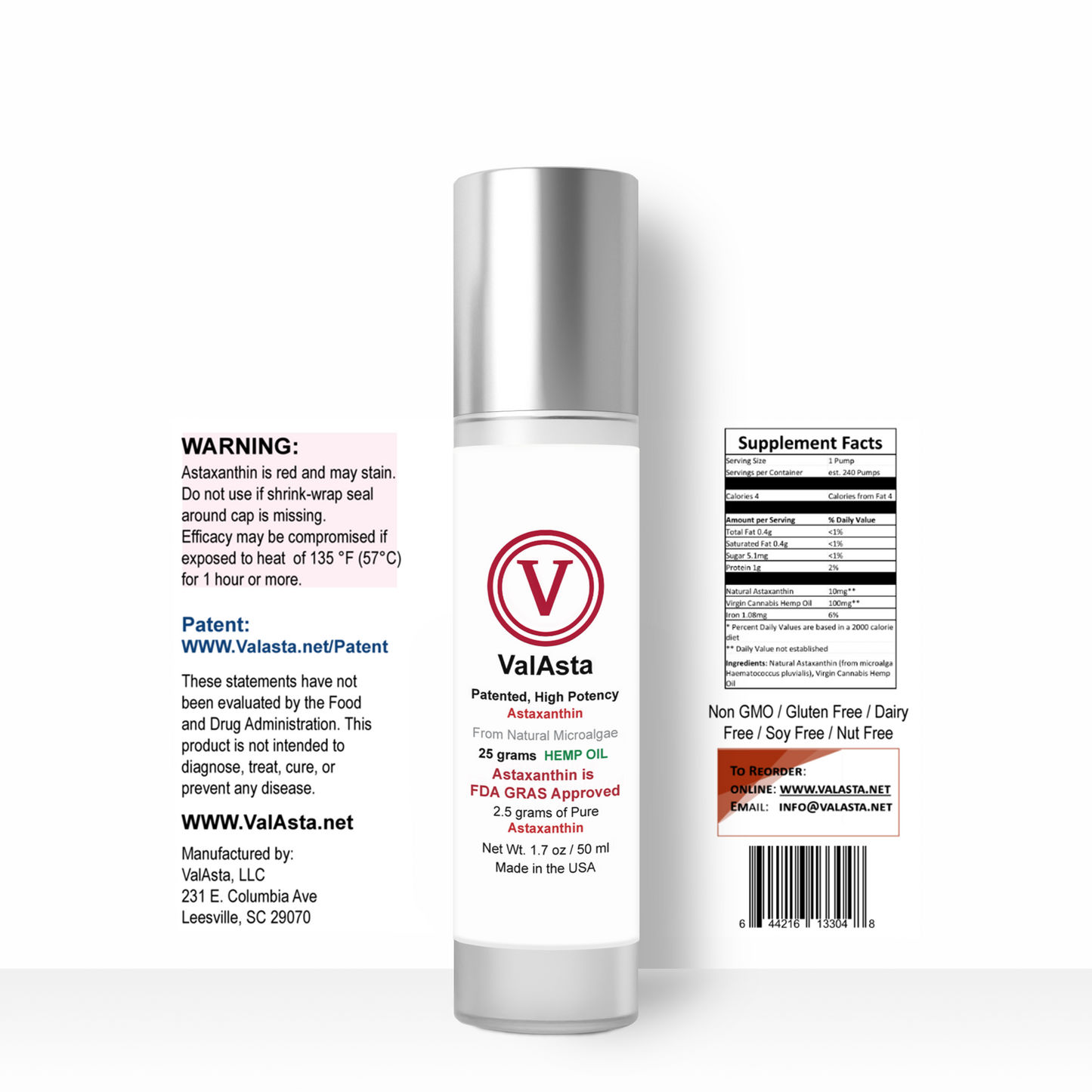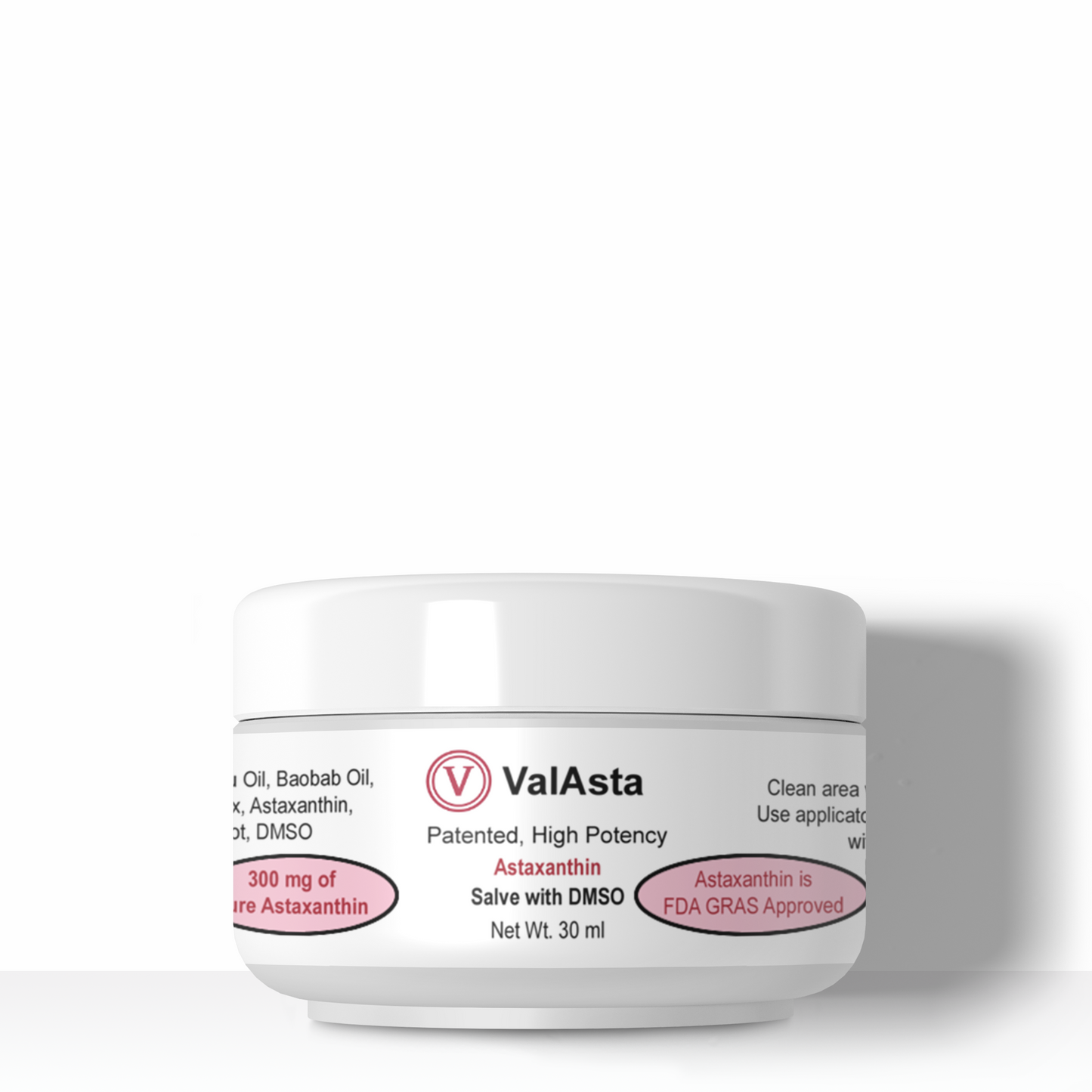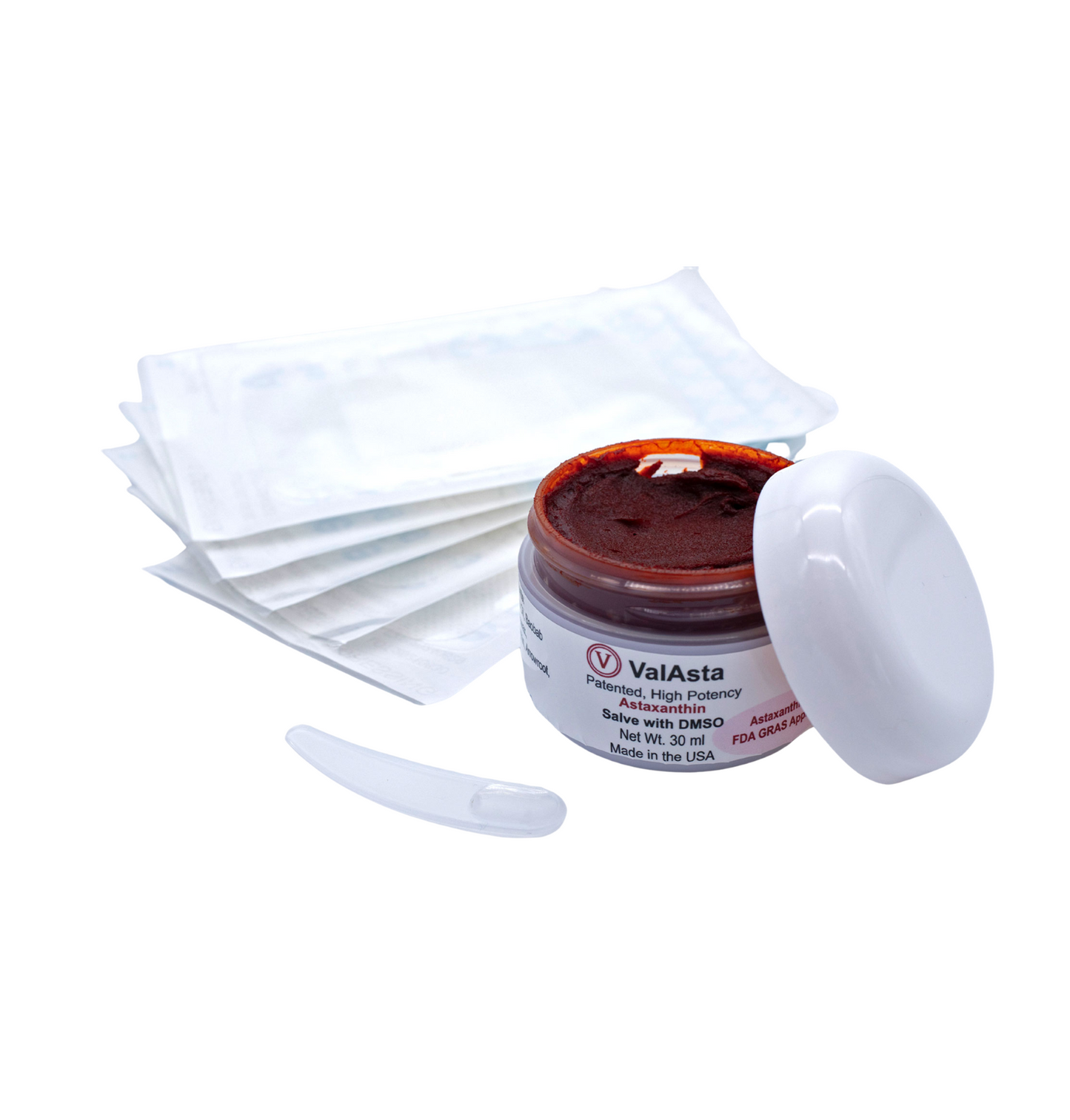
Heartburn, also called as acid indigestion, is the most common symptom of GERD and usually feels like a burning chest pain which begins behind the breastbone and move upwards to the neck and throat. Some people experience acidic or bitter taste.
Other symptoms of GERD include:
- Chest pain
- Difficulty in swallowing (dysphagia)
- Persistent dry cough
- Hoarseness or sore throat
- Regurgitation of food or sour liquid (acid reflux)
- Sensation of a lump in your throat.
This Reflex disease or gastroesophageal reflux disease (GERD) occurs when stomach contents like acids back up in the esophagus. As a result, this will cause chronic inflammation and irritation of the esophagus and form scar tissue that will restrict swallowing. GERD is triggered by a high fat diet, eating large meals prior to sleep, poor diet, spicy foods, smoking, obesity, medications – especially overuse of NSAIDs medications.
The personal story of Martha's Gastric and Stomach Issues
Traditional treatment of GERD includes prescription proton pump inhibitors that will reduce the amount of gastric acid produced. Nexium, prevacid, aciphex, protonix – these types of medications reach the highest sales in the USA approaching billions. Long term side effects include rebound hypergastric acid secretion worsening GERD and increasing the risk of gastric cancer. These commonly used medications also increase the bad bacteria in the gut called H. pylori which leads to ulcers and lowered immunity in the gut.

Having a diet high in antioxidants such as carotenoids and vitamin C can also prevent H. Pylori bacterial growth in the stomach. ValAsta is the strongest carotenoid and is 500x times more potent that Vitamin C supplements. Scientists have known for some time that gut health has ties to your immune system. Increasing your antioxidants in your diet can be as easy as taking ValAsta chocolate squares or the ValAsta concentrated oil on a daily basis.
Please click here to read a NIH paper on treatment of ulcers with astaxanthin: Astaxanthin and β-carotene in Helicobacter pylori-induced Gastric Inflammation: A Mini-review on Action Mechanisms (nih.gov)

